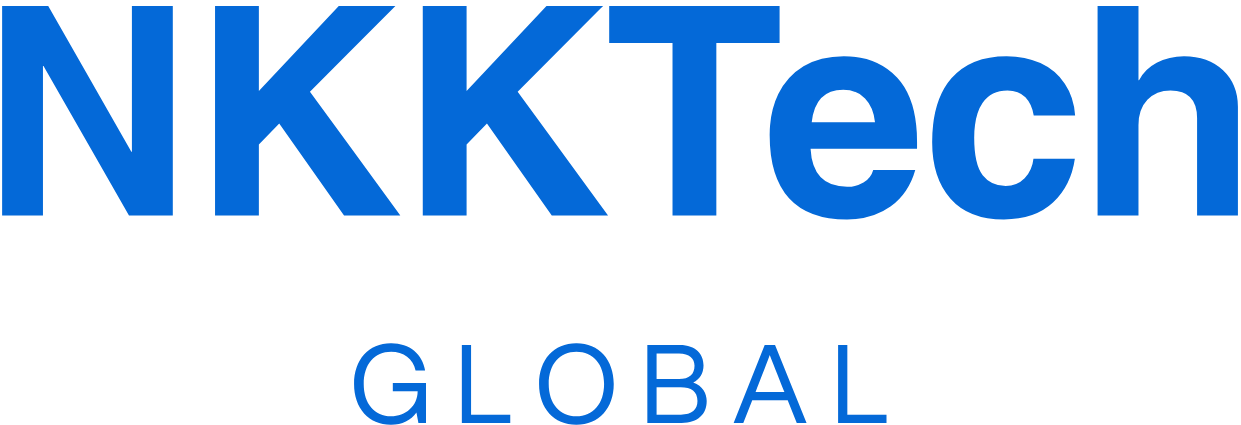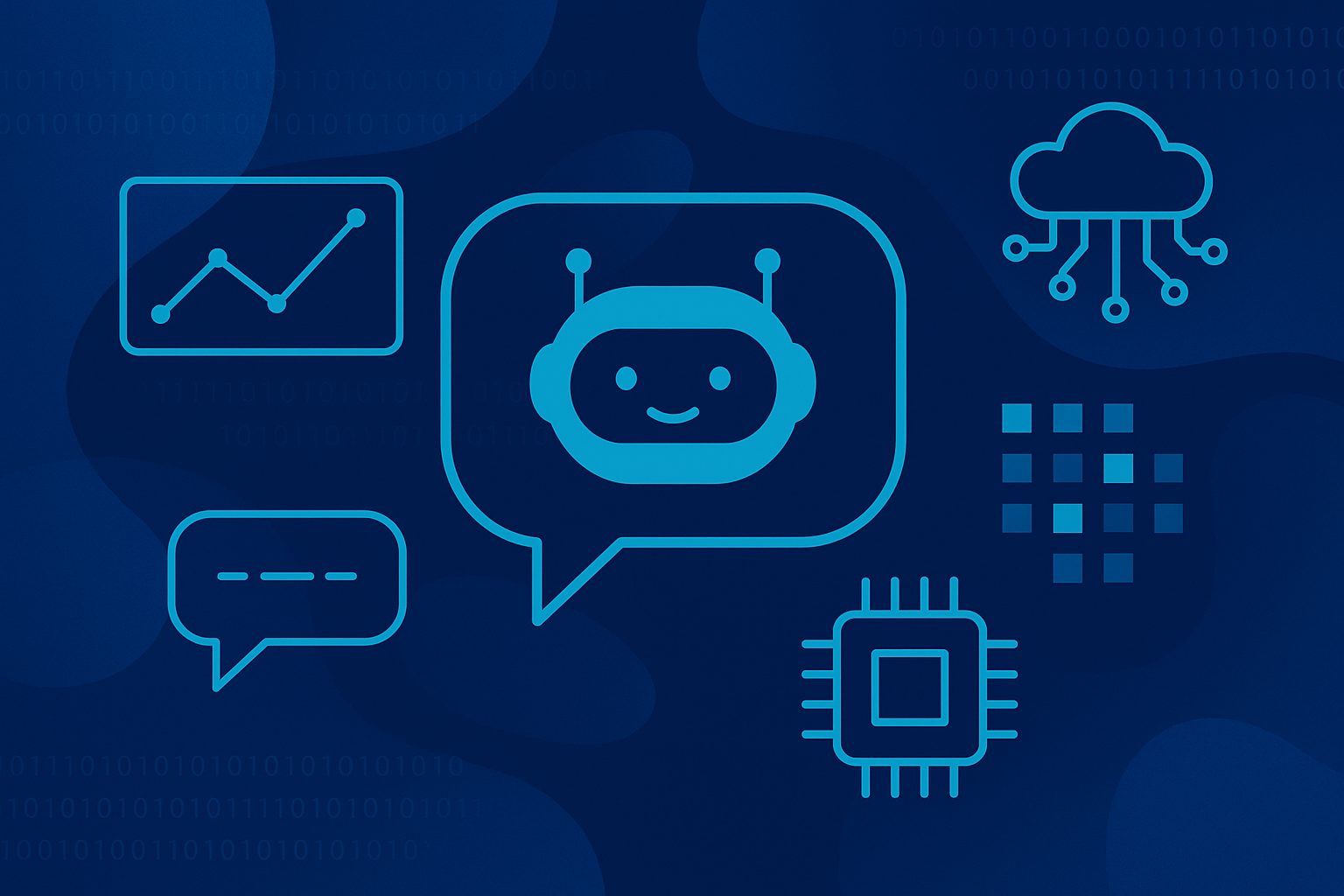1. Introduction
In the digital transformation era, AI Chatbot Development has emerged as a leading solution for automating communication and enhancing customer experience. However, for a Vietnamese AI chatbot to perform effectively, the key lies in its training data. High-quality data not only improves the chatbot’s accuracy but also enables it to better understand context, tone, and language nuances.
This article by NKKTech Global provides a comprehensive guide to the sources and processing methods of Vietnamese AI chatbot training data, helping businesses maximize AI’s potential in operations.
2. Role of Data in AI Chatbot Development
Data is the “fuel” for every AI system. For chatbots, training data plays a crucial role:
- Language understanding: Diverse datasets enable chatbots to recognize multiple user expression styles.
- Accuracy improvement: Clean, well-structured data reduces recognition and response errors.
- Better conversational skills: Sample dialogues help chatbots produce natural and engaging replies.
- Continuous learning: New data from real interactions enhances chatbot performance over time.
3. Sources of Vietnamese AI Chatbot Training Data
Businesses can leverage various data sources to train their Vietnamese AI chatbots:
3.1. Internal Data
- Customer service chat logs.
- Customer email exchanges.
- Product documentation, FAQs, and customer support scripts.
3.2. Public Data
- Forum posts, social media (Facebook, Zalo, LinkedIn).
- Open datasets from Vietnamese NLP projects like VLSP, UIT-ViNews.
- News articles, blogs, and public reports.
3.3. Purchased Data
Language data service providers can supply industry-specific Vietnamese datasets, ensuring legality and quality.
4. Training Data Processing Workflow
For training data to be truly effective, it must go through several processing steps:
4.1. Data Collection
Gather data from multiple sources to ensure diversity and coverage.
4.2. Data Cleaning
- Remove duplicates and severe typos.
- Delete sensitive information in compliance with privacy regulations.
4.3. Data Standardization
Unify formats, punctuation, and letter casing.
4.4. Data Labeling
Classify questions, mark intents, entities, and sample responses.
4.5. Data Augmentation
Apply techniques like paraphrasing and back-translation to increase data variety.
5. Challenges in Processing Vietnamese Data
- Complex grammar: Vietnamese allows flexible structures and multiple ways to express the same idea.
- Tone and diacritics: Small changes can alter meaning significantly.
- Polysemy: Words may require context for accurate interpretation.
- Noisy data: Social media text often contains typos and abbreviations.
6. Optimized Solutions from NKKTech Global
NKKTech Global offers end-to-end solutions for building and deploying Vietnamese AI chatbots:
- Professional data collection and processing services.
- AI and NLP-based automated labeling and classification.
- Quality control systems for input data.
- Multilingual chatbot training optimized for Vietnamese.
7. Real-World Applications in Business
- Banking: Chatbots answering service, interest rate, and transaction inquiries.
- Retail: Assisting customers in finding products and tracking orders.
- Education: Advising on courses and answering student questions.
- Healthcare: Booking appointments and providing medical information.
8. Conclusion
Training data is the critical factor determining the success of AI Chatbot Development. Businesses should focus on not only collecting but also processing and optimizing data. With NKKTech Global as a partner, you can build a powerful, accurate, and user-friendly Vietnamese AI chatbot, boosting operational efficiency and customer satisfaction.




